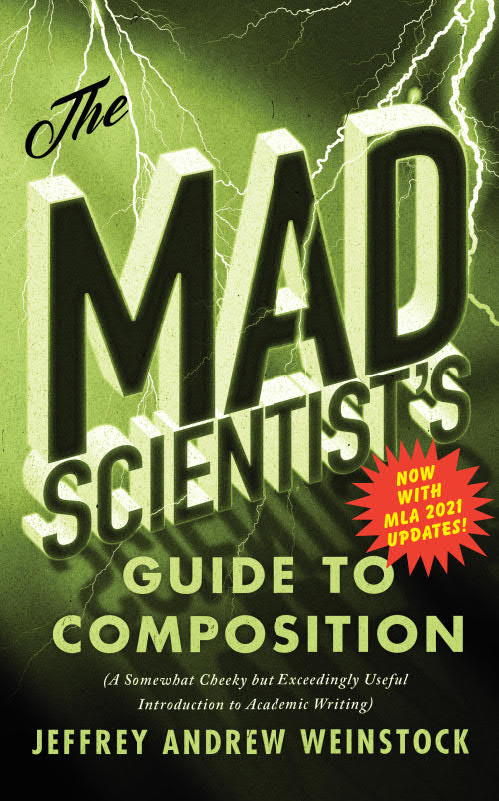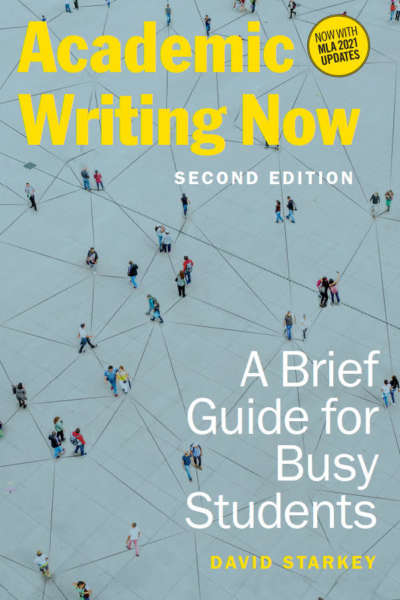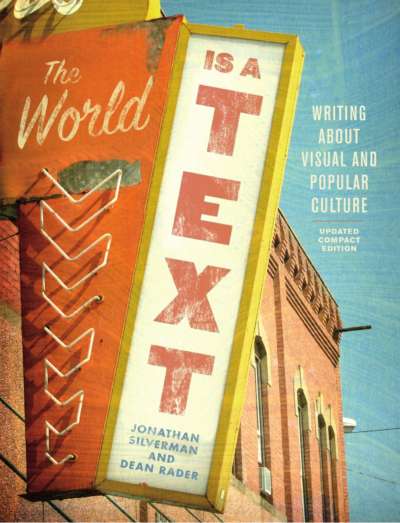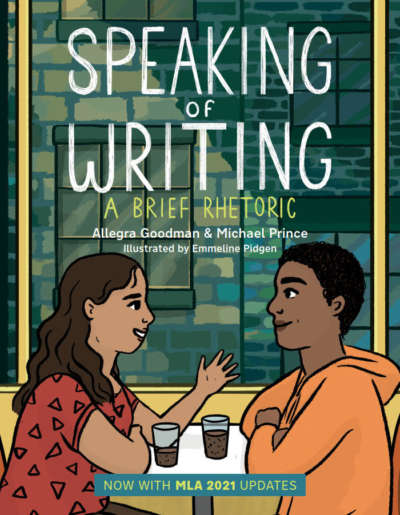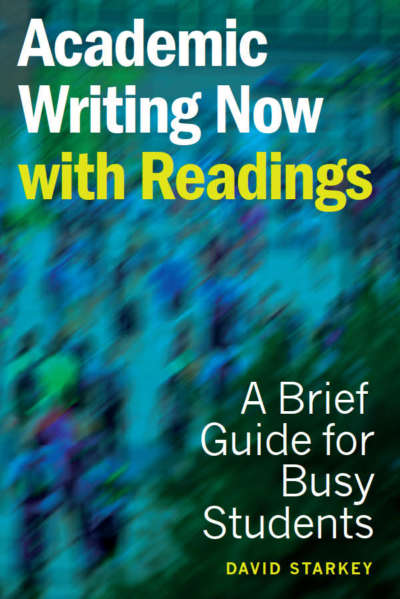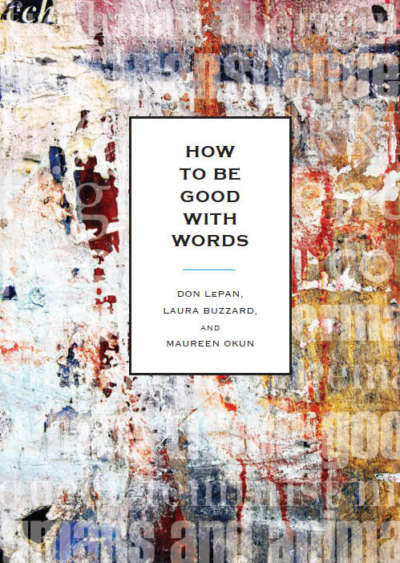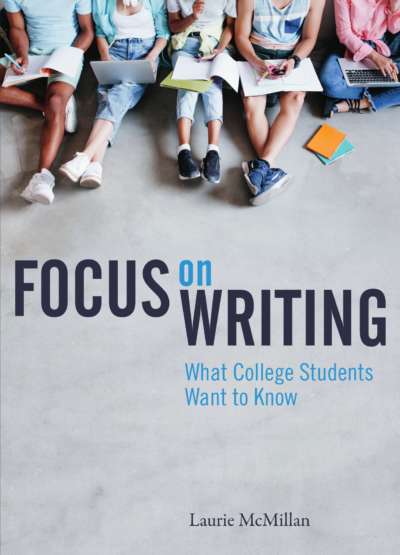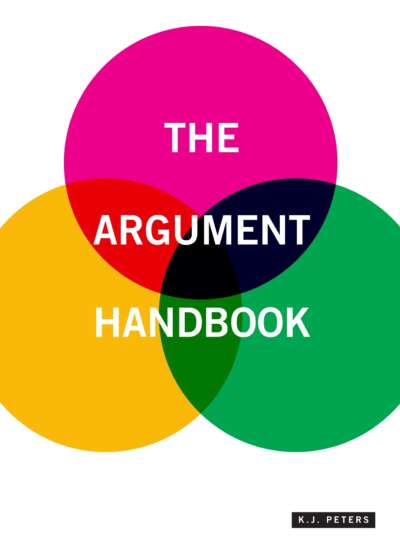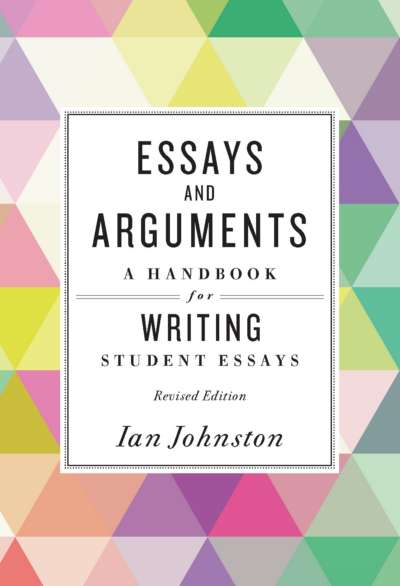Considering the composition classroom as a mad scientist’s laboratory, The Mad Scientist’s Guide to Composition introduces different kinds of writing as experiments. Writing an essay is a task that can strike fear into a student’s heart, but performing an experiment licenses creativity and doesn’t presume that one knows the outcome from the start.
The Mad Scientist’s Guide covers the kinds of writing most often required on college campuses, while also addressing important steps and activities frequently overlooked in composition guides, such as revision and peer reviewing. Actual examples of student writing are included throughout, as are helpful reminders and tips to help students polish their skills. Above all, the Mad Scientist’s Guide seeks to make writing fun. The book briefly covers up-to-date MLA, APA, and Chicago citation styles.
Comments
“In an ideal world, writing would be taught with joy, create a sense of adventure, emphasize invention, and be full of monsters. Welcome to that ideal world. Jeffrey Andrew Weinstock’s The Mad Scientist’s Guide to Composition will resonate profoundly with students and teachers who want an accessible, enjoyable, and riveting invitation to best writing practices—and to unbounded imagination.” — Jeffrey J. Cohen, Dean of Humanities, The College of Liberal Arts and Sciences at Arizona State University
“As its subtitle promises, The Mad Scientist’s Guide to Composition is somewhat cheeky, but the subtitle undersells just how useful it is. Focusing on real issues that plague student writing and student writers, Weinstock walks students through the process of writing an essay from start to finish, identifying common missteps and questions that may arise while providing examples from his own students’ writing and the work of published authors. Whether read from beginning to end or mined for appropriate sections to complement ongoing work in a class, this Guide is a must-have for anyone with a sense of humor looking to be a better writer or for composition instructors hoping to make reading about writing, well, a little bit more fun.” — Leah Richards, LaGuardia Community College, City University of New York
“Many composition textbooks seem to be under the influence of the idea that, in order to be helpful, textbooks need to be dry and formal. Weinstock is in no way dry or formal. … Overall, I love this book because of its accessibility, its ability to joke (and resonate with) both student and instructor, and because it focuses on the things I want to teach … this is also the first textbook that I have read from cover to cover out of pure enjoyment, while also annotating everything Weinstock wrote. It is this last factor—that I could learn from and enjoy it—that sold me on teaching this book.” — Rebekah Phillips, University of Delaware
“The Mad Scientist’s Guide to Composition (A Somewhat Cheeky but Exceedingly Useful Introduction to Academic Writing) is probably the most high-spirited book we are ever likely to review in these pages. … But don’t be fooled; the merriment serves a serious purpose, keeping its intended readers engaged with a subject—writing papers—many of them dread. … If I had had this when I was doing my undergraduate work, it would have saved me a lot of learning time. And, I suspect, many a graduate student, and not a few working technical writers, would benefit from what is found here as well. Considering that this is a composition handbook, Weinstock has performed a miracle: He has brought the dead to life and produced a handbook that students might not only read but heed.” — Patrick Lufkin, Technical Communication
“I enjoyed The Mad Scientist’s Guide to Composition. It was entertaining to read while also being very informative. While I much prefer it over a ‘standard’ textbook, they also just don’t fall in the same category. The Guide delivers information effectively, providing creative perspectives and humor to what would otherwise be boring lessons. Because of what it offers over traditional textbooks, I would argue that it’s a better teaching tool than they are. Instead of slogging through a 1000+ page, heavy book, we got a more casual (and, dare I say, fun) journey through the components of composition. Because of that, I’d highly recommend this book for future courses.” — Kyle Goetke, student, Drexel University
“Jeffrey Weinstock’s The Mad Scientist’s Guide to Composition is the composition book I’ve been looking for. Weinstock masterfully blends academia with horror, humor, and pop culture. My students really enjoy this book because of Weinstock’s wit, which makes the content less intimidating when compared to a traditional composition book. The Mad Scientist’s Guide has made my teaching a lot more fun and engaging.” — Criss Vo, Golden West College
“I have taught from Weinstock’s Mad Scientist’s Guide to Composition for three years now, and have found it to be extremely useful in presenting the basic principles of academic writing for students, including what instructors call the ‘mechanics’ of writing, including punctuation, paragraphing, and transitions; finding and using sources for research papers (helpfully called ‘Graverobbing’ with a nod to Victor Frankenstein); preliminary stages like brainstorming and outlining; ‘Conducting Experiments’ as a way of developing strategies for informing, persuading, and evaluating; and in a stirring chapter, ‘The Monster Lives!’ providing approaches to revising, peer review, and retroactive outlining; and finally, ‘Placating Ghosts,’ or documenting sources ‘to Avoid Angering the Dead… and the Living.’ In other words, a very conventional approach to forming and formulating an argument… but presented in the guise of horror movie tropes.” — Don Riggs, The Future Fire

